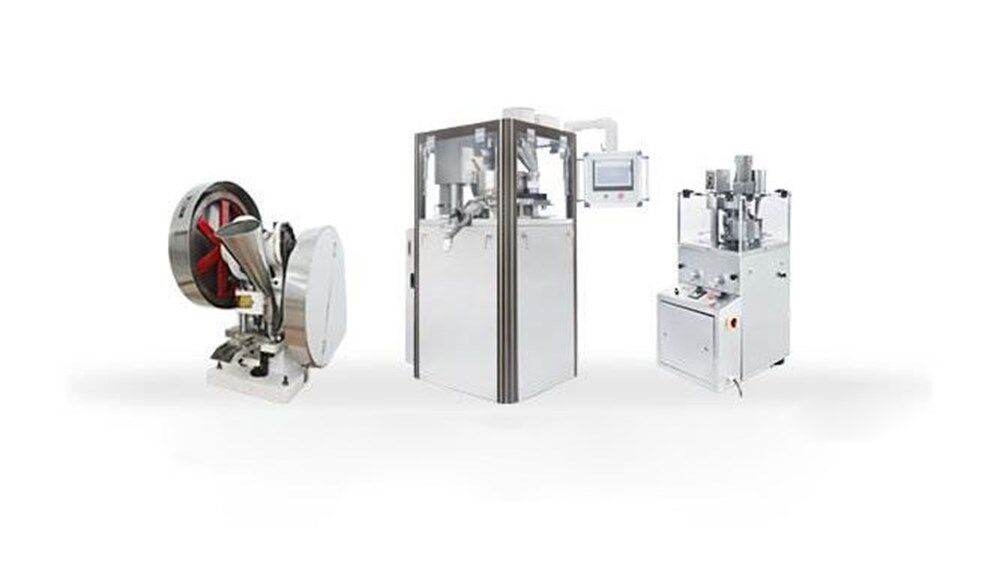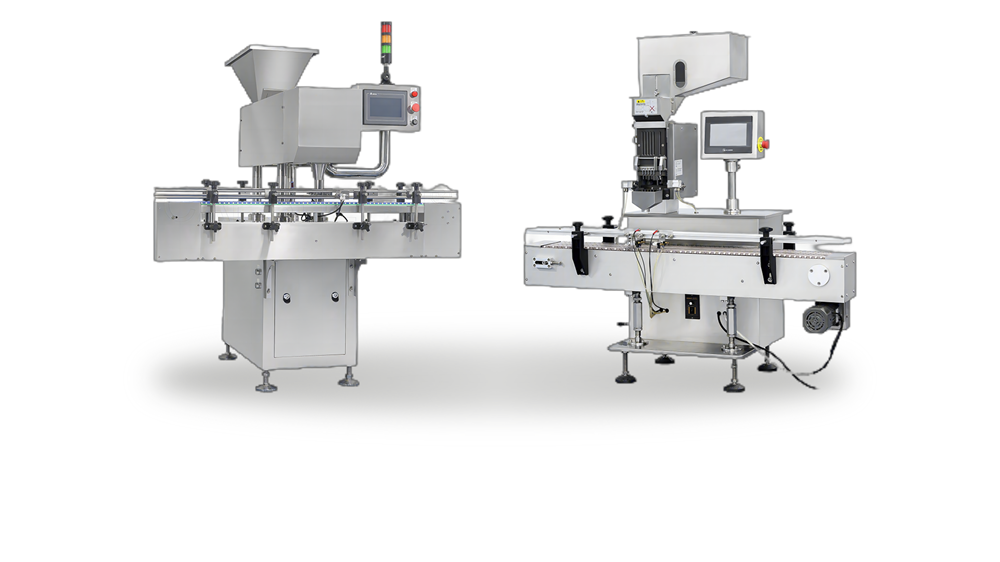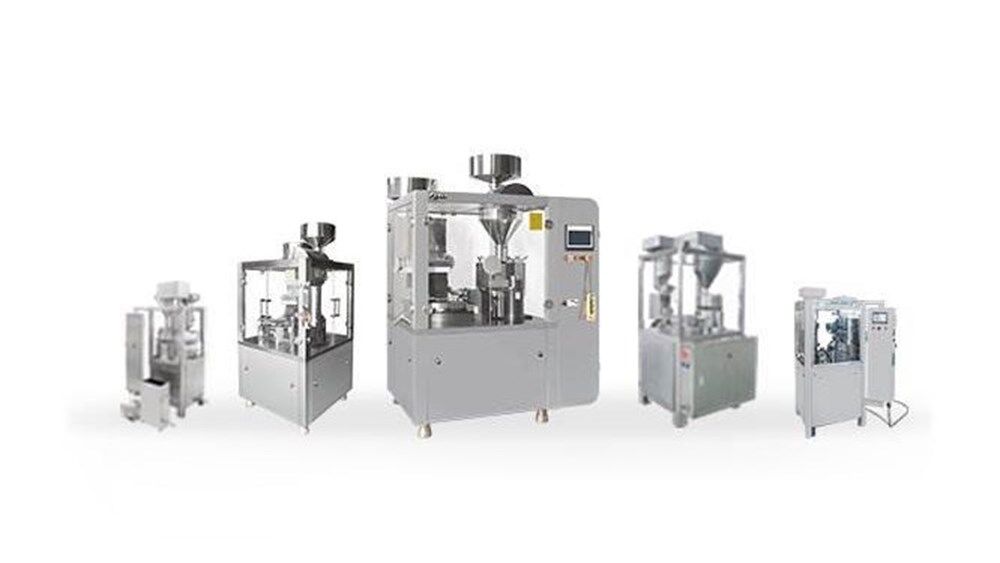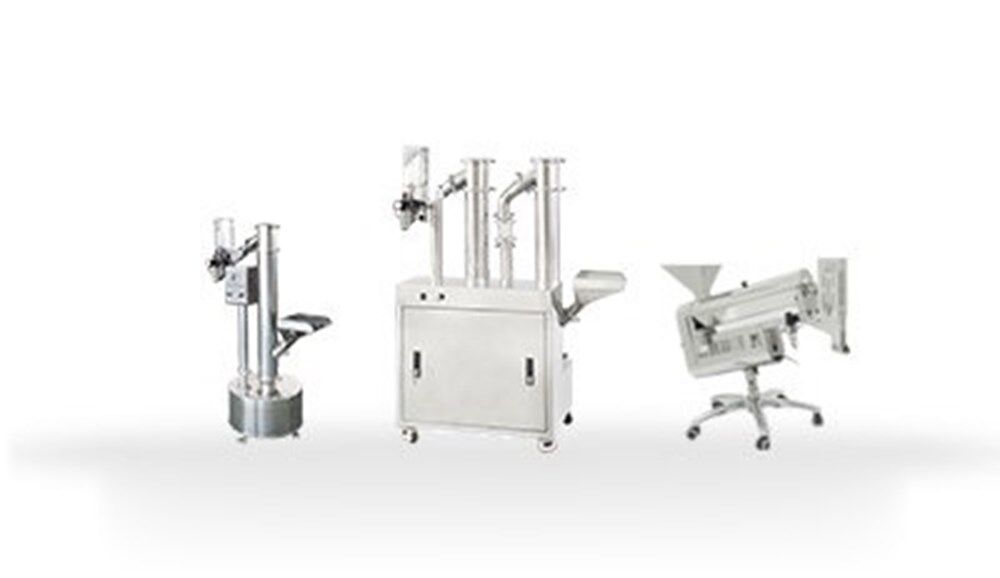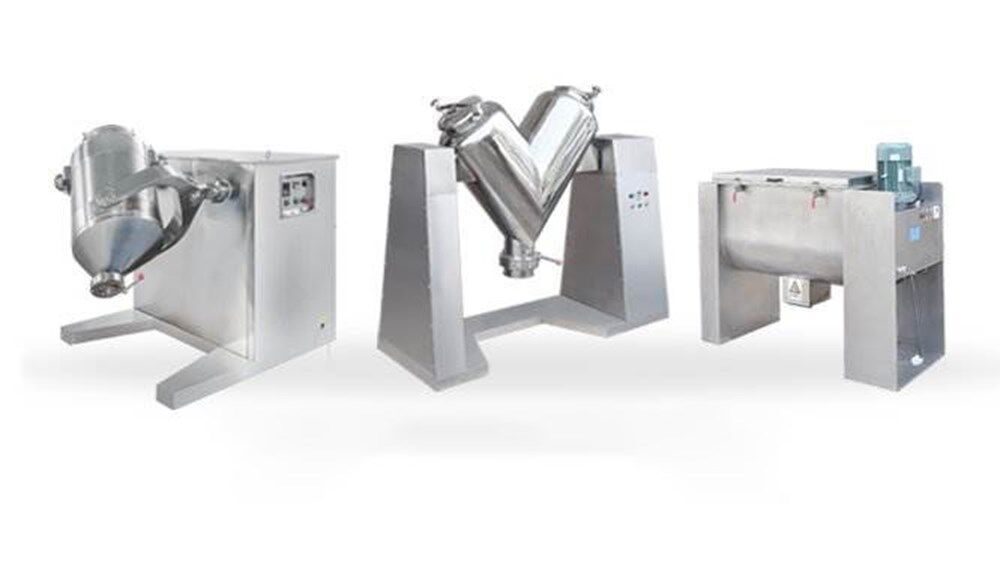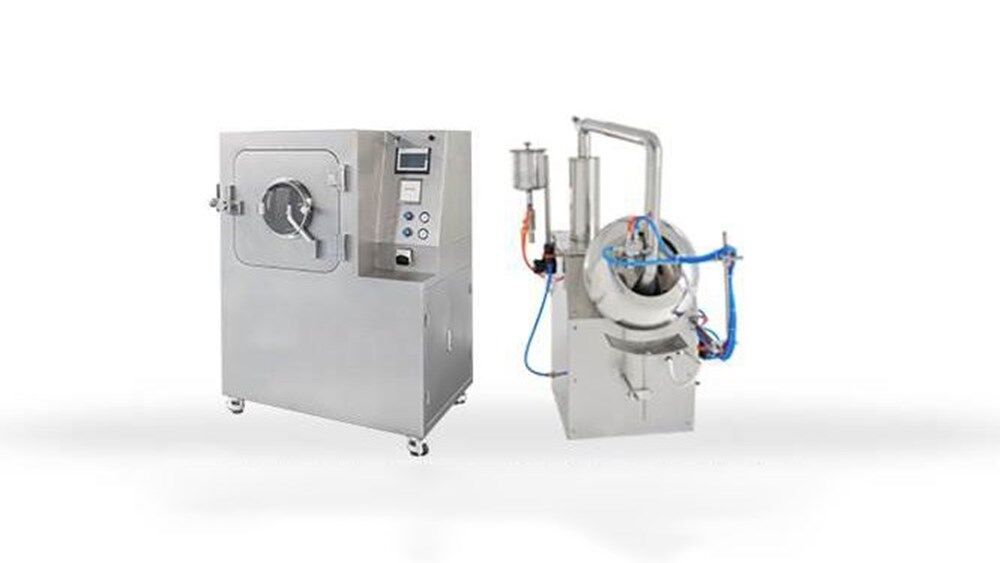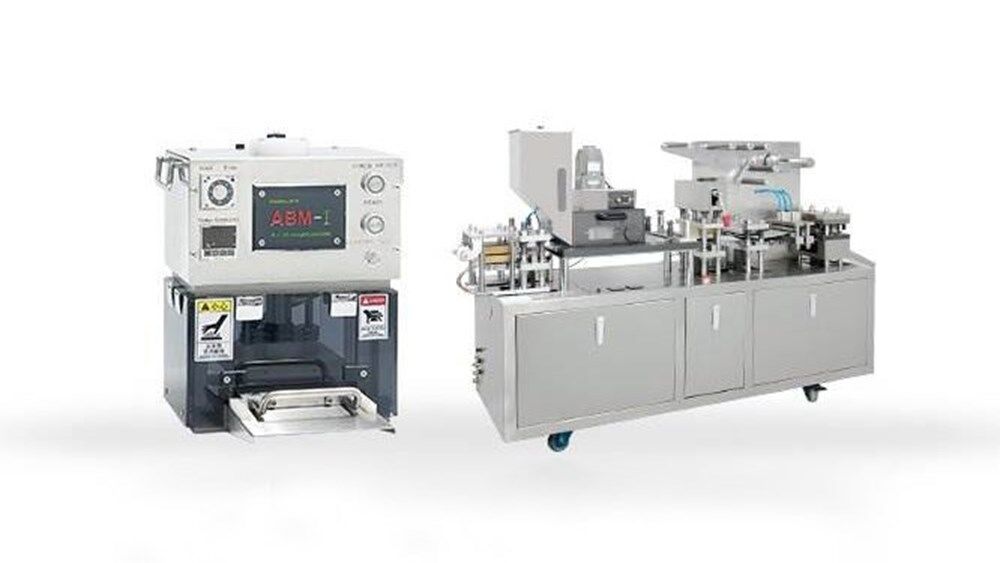9 Common Parts in Bottling Machines for Liquid, Cream & Tablets
Bottling machines play a key role in manufacturing industries. They fill various products like liquids and creams into bottles. Each type of bottling machine has specific parts designed to ensure accurate filling. This article helps you know some common parts in different bottling equipment, so you’ll know
- Three common parts across all bottling machines
- Three key components for liquid and cream filling machines
- Three parts for tablet and capsule bottling machines
- Three tips to help you choose a good bottling equipment
Three common parts shared across all bottling machines
Whatever liquid, cream or other types of bottling machines, they always have the following components for production.
Conveyor system
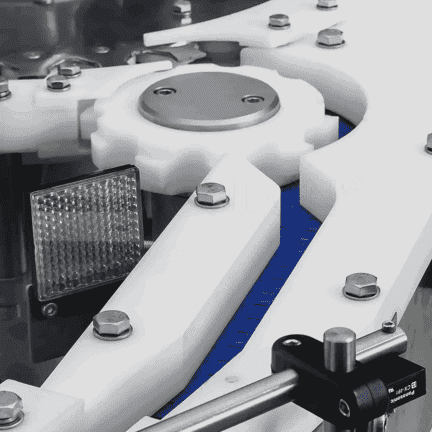 It moves bottles or containers through different stages of the bottling process. It ensures that each bottle reaches the correct position for filling. This system is essential for all types of bottling machines, including liquid, cream, tablet, and capsule counting machines. A smooth and stable conveyor helps improve production efficiency and reduces the risk of bottle jams or misalignment.
It moves bottles or containers through different stages of the bottling process. It ensures that each bottle reaches the correct position for filling. This system is essential for all types of bottling machines, including liquid, cream, tablet, and capsule counting machines. A smooth and stable conveyor helps improve production efficiency and reduces the risk of bottle jams or misalignment.
Control panel
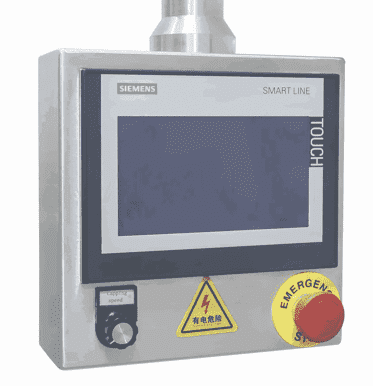 The control panel allows operators to manage machine settings and monitor performance. It includes buttons, screens, or touch screens. They can be used to adjust speed, filling volume, and other parameters. The control panel is just like the brain. It ensures accurate and consistent operation. A well-designed control panel makes the machine easier to use and helps operators quickly detect and fix any issues. It is usually equipped with an emergency button. If there is any emergency, operators can immediately stop the operation and keep safety.
The control panel allows operators to manage machine settings and monitor performance. It includes buttons, screens, or touch screens. They can be used to adjust speed, filling volume, and other parameters. The control panel is just like the brain. It ensures accurate and consistent operation. A well-designed control panel makes the machine easier to use and helps operators quickly detect and fix any issues. It is usually equipped with an emergency button. If there is any emergency, operators can immediately stop the operation and keep safety.
Sensors and detectors
These two parts are important to ensure accuracy during the bottling process. They check the position of bottles, control the filling amount, and detect any missing or misaligned containers. These components help prevent errors and reduce waste. To keep their high accuracy, you need to clean and maintain them regularly.
Three key components for liquid and cream filling machines
For bottle and cream filling equipment, there are some parts they need in common.
Filling nozzles
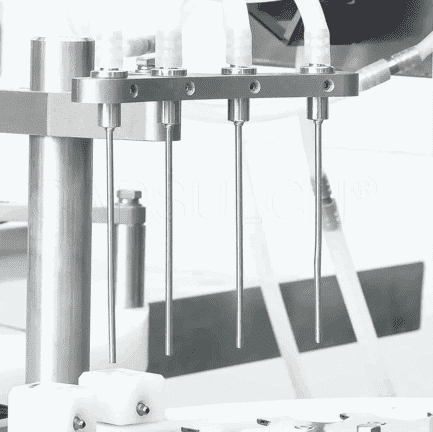 They control how the product flows into bottles or containers. Liquid filling machines usually have smaller nozzles to ensure a smooth and precise flow. Cream filling machines often use larger nozzles. Because thicker products need a wider opening to flow properly. Some nozzles have anti-drip designs to prevent spills. It helps keep the production line clean and reduces waste. So when choosing a machine, you need to consider your product properties, like viscosity. A suitable machine ensures accurate filling and avoids problems like splashing or clogging.
They control how the product flows into bottles or containers. Liquid filling machines usually have smaller nozzles to ensure a smooth and precise flow. Cream filling machines often use larger nozzles. Because thicker products need a wider opening to flow properly. Some nozzles have anti-drip designs to prevent spills. It helps keep the production line clean and reduces waste. So when choosing a machine, you need to consider your product properties, like viscosity. A suitable machine ensures accurate filling and avoids problems like splashing or clogging.
Valves and pumps
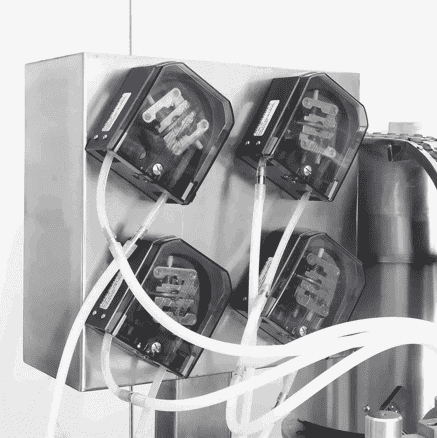
Valves and pumps control the movement of liquids and creams. Pumps push the product through the system, while valves open and close to regulate the flow. Different types of pumps are used. It mainly depends on the thickness of the product. For example, peristaltic pumps work well for thin liquids, while piston pumps handle thicker creams. Valves must open and close at the right time to ensure that the correct amount of product enters each bottle. Regular maintenance of these parts helps prevent leaks and ensures a smooth filling process.
Seals and gaskets
Seals and gaskets prevent leaks and keep the filling process stable. They are placed in key areas, such as around pumps, valves, and nozzles, to stop liquids or creams from escaping. These parts must be made of strong, and flexible materials. Because they can handle different types of products, including chemicals or oils. Common materials include silicone, PTFE, and EPDM. Silicone is often used for food and pharmaceutical products. PTFE has excellent chemical resistance, making it suitable for aggressive liquids. EPDM rubber is durable. It works well with water-based and oil-based products.
Over time, seals and gaskets can wear out or become damaged. This may lead to leaks. Therefore, you need to replace them regularly to keep the machine running smoothly. High-quality seals also help maintain hygiene. They can keep unwanted air or contaminants out of the product.
Three parts for tablet and capsule bottling machines
For solid products, these machines have different components to handle them.
Feed gate
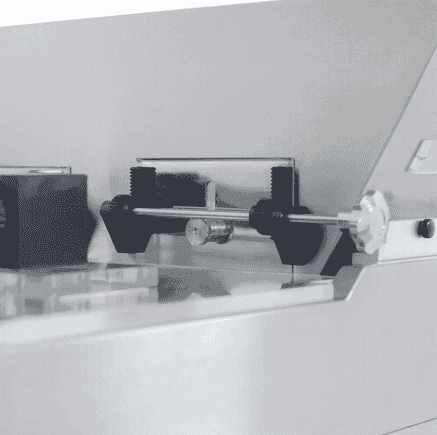 The feed gate is located at the bottom of the hopper. It controls how many tablets move from the hopper to the vibratory channels. The gate can be raised or lowered to change the size of the opening. Thus, it can allow more or fewer tablets to pass through. If too many tablets enter at once, they can pile up and cause errors in counting. If too few tablets pass through, the machine may slow down. By adjusting, it can better match production needs and prevent overloading.
The feed gate is located at the bottom of the hopper. It controls how many tablets move from the hopper to the vibratory channels. The gate can be raised or lowered to change the size of the opening. Thus, it can allow more or fewer tablets to pass through. If too many tablets enter at once, they can pile up and cause errors in counting. If too few tablets pass through, the machine may slow down. By adjusting, it can better match production needs and prevent overloading.
Vibratory channels
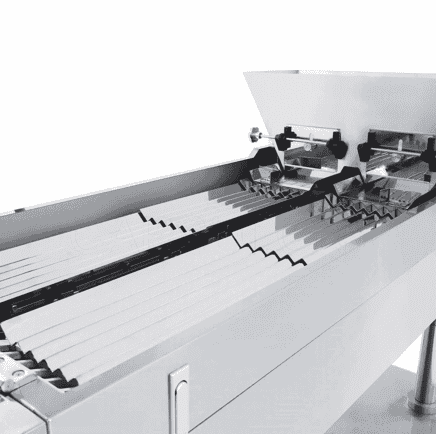 These plates help to organize and separate tablets before they reach the counting system. These plates are installed beneath the feed gate. They serve as the first step in guiding tablets from the hopper to the counting area. They are usually designed with multiple channels. So they can hold and arrange the tablets in a single layer, preventing overlapping or blockages.
These plates help to organize and separate tablets before they reach the counting system. These plates are installed beneath the feed gate. They serve as the first step in guiding tablets from the hopper to the counting area. They are usually designed with multiple channels. So they can hold and arrange the tablets in a single layer, preventing overlapping or blockages.
Filling heads
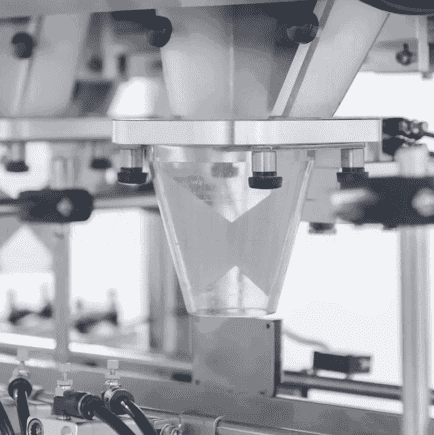 Different from filling nozzles in liquid and cream bottling equipment, these heads can only count tablets into containers. The funnel is positioned to match the bottle’s opening. It makes sure the tablets enter smoothly without spilling. The funnel can be made of plastic or stainless steel. Moreover, its size can be customized to fit different bottle openings.
Different from filling nozzles in liquid and cream bottling equipment, these heads can only count tablets into containers. The funnel is positioned to match the bottle’s opening. It makes sure the tablets enter smoothly without spilling. The funnel can be made of plastic or stainless steel. Moreover, its size can be customized to fit different bottle openings.
How to choose suitable machine parts?
Compatibility with machine type and model
Each bottling machine has specific parts designed to fit its structure and function. Various bottling machines use different components, so you should select parts that match the your machine type. The machine model also affects compatibility. Even within the same category, different models may have unique dimensions, connection points, or operating mechanisms. Wrong parts can cause malfunctions, reduce efficiency, or even damage the machine. Before buying parts, you should check the specifications to confirm whether a part is suitable.
Quality and durability of materials
The materials affect their performance and lifespan. High-quality materials resist wear, corrosion, and chemical damage. For example, stainless steel is commonly used for parts that contact with liquids or creams. Low-quality materials may wear out quickly, leading to frequent breakdowns and higher maintenance costs.
Manufacturer support
Reliable manufacturer support makes maintenance and repairs easier. If your machine part need replacement, they can be quickly sourced. Technical assistance is also important, especially for complex parts like sensors. Manufacturers can provide clear instructions, troubleshooting help, and service options. Then you can keep the machine running more efficiently.
Partner with iPharMachine to elevate your bottling efficiency
As a leading Chinese machine manufacturer, iPharMachine has helped 30,000 clients get good equipment. We offer various types of machines, including bottling equipment, capsule fillers, tablet presses, etc. You can tell us your requirements in detail, we’ll quickly match the equipment based on your needs. We also have a professional technical team to help you solve related problems.
Leave your comment
Also Offers
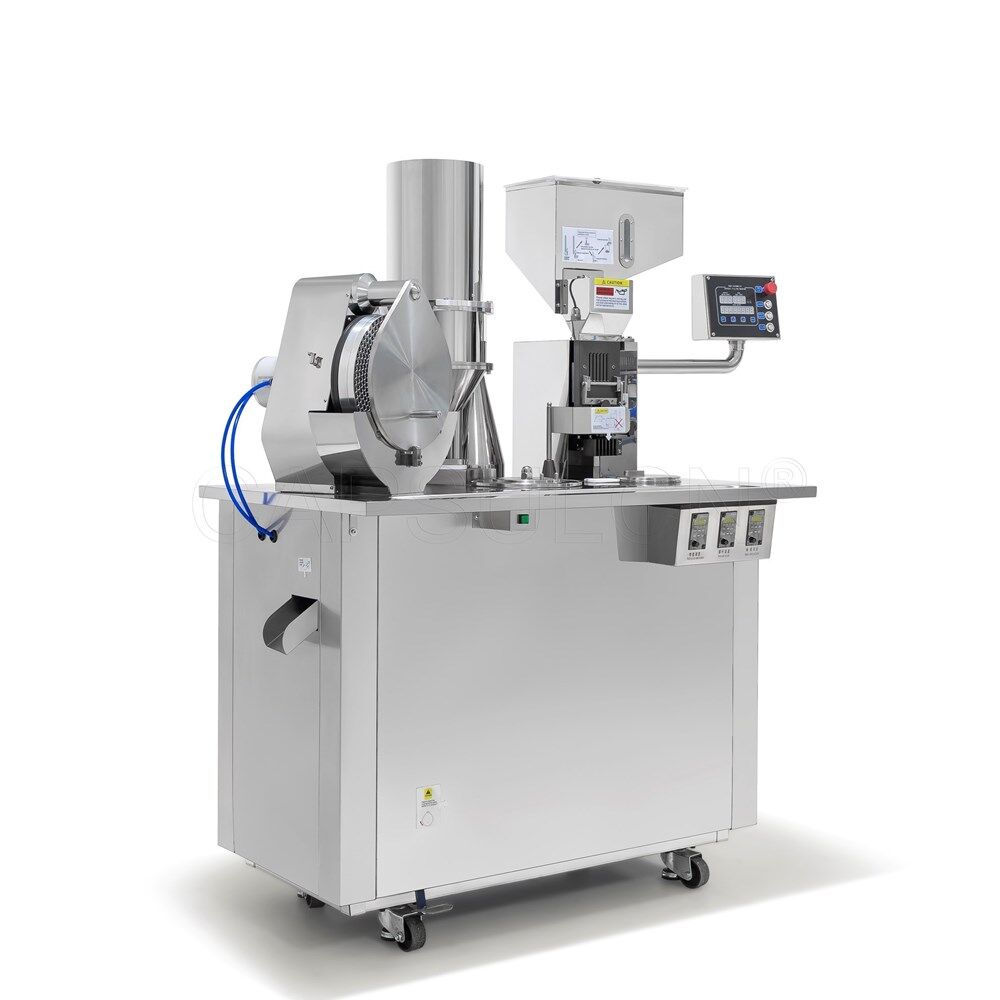
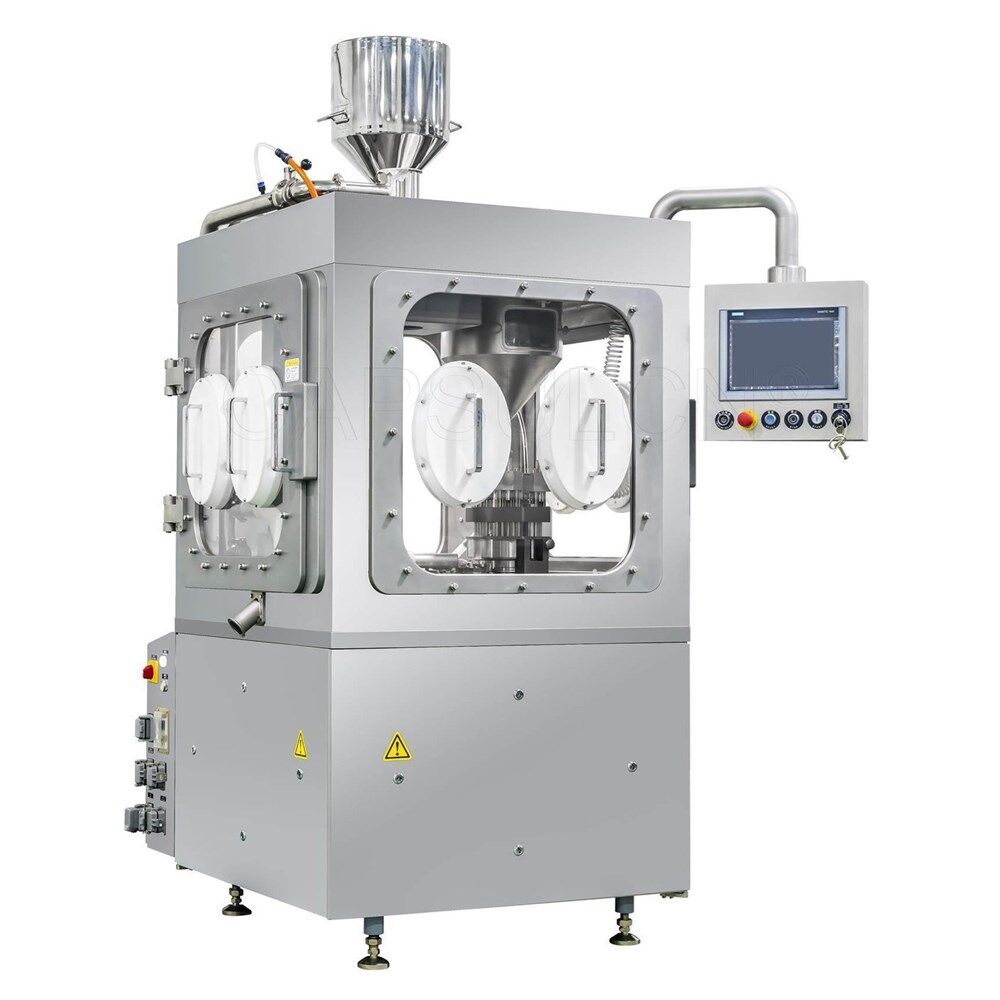
Containment Automatic Capsule Filling Machine SFK-703
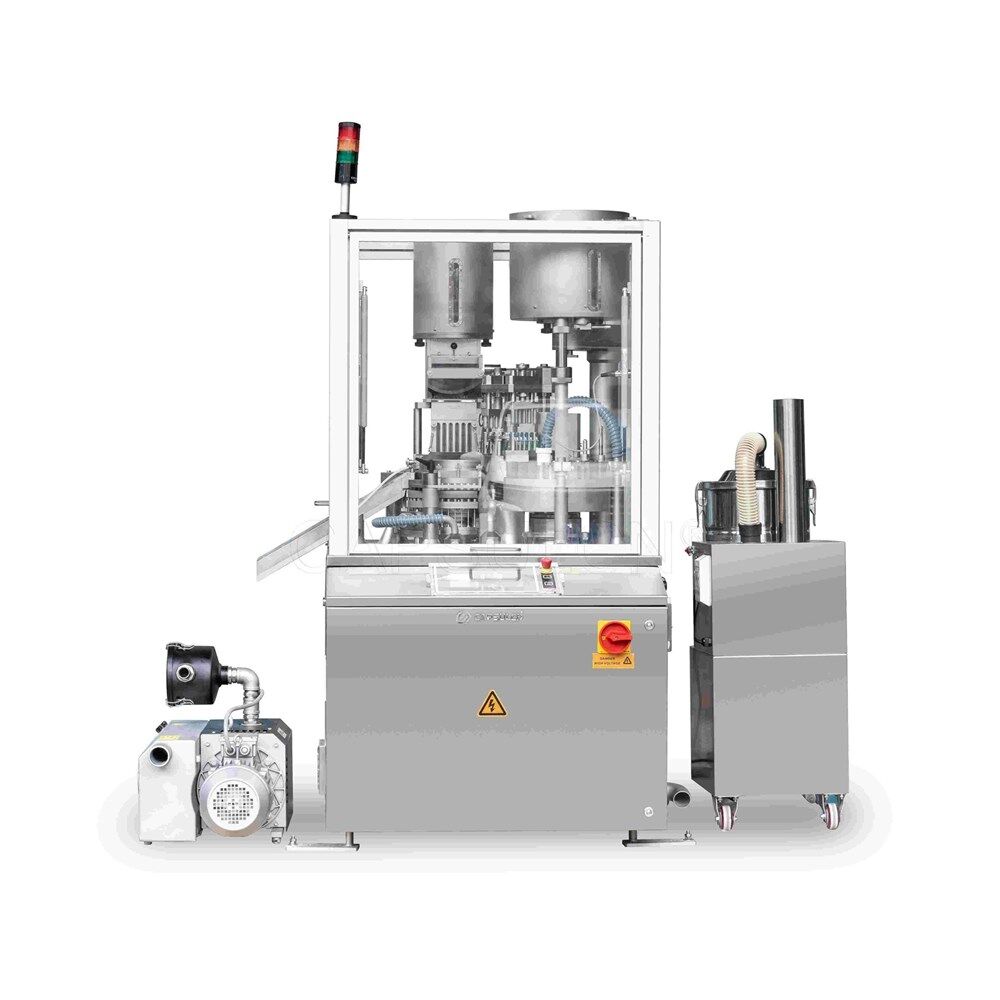
Fully Automatic Dosator Capsule Filling Machine CZ-40

Our Team
As an expert in the pharmaceutical and pharmaceutical packaging industry, iPharMachine has provided solutions for hundreds of pharmaceutical and health product manufacturers for 17 years. By visiting customers, we get good reviews from our customers.
- info@ipharmachine.com
- English Español Deutsche
